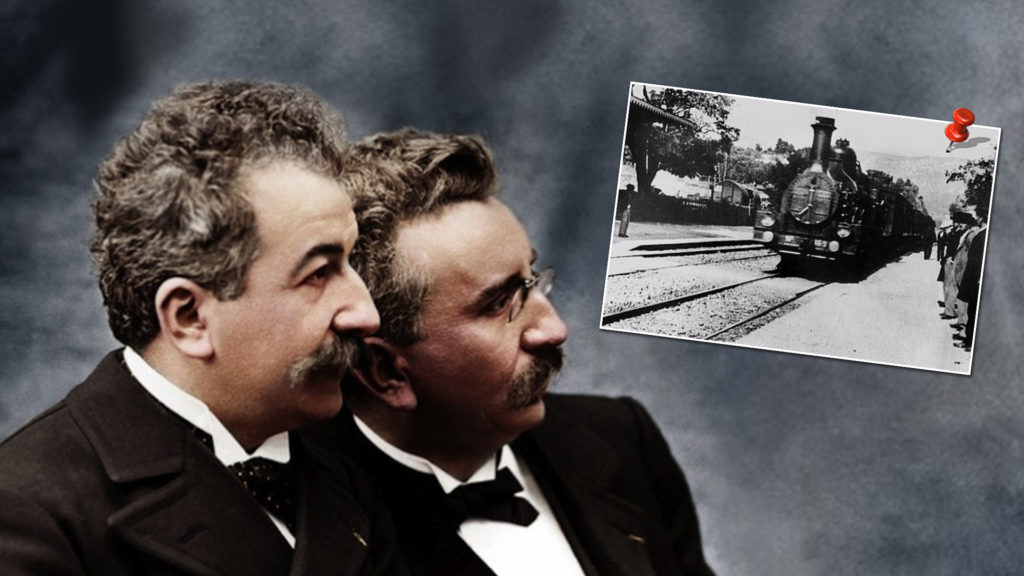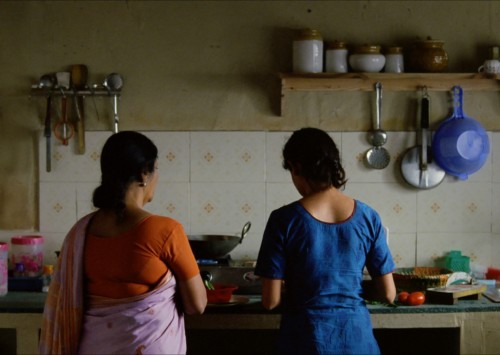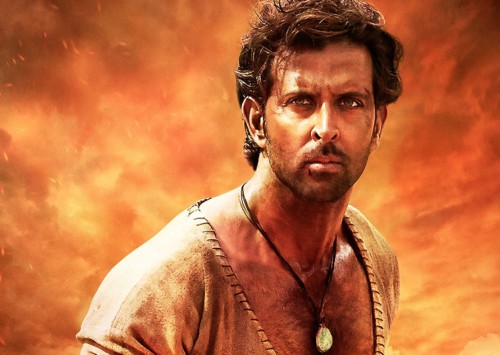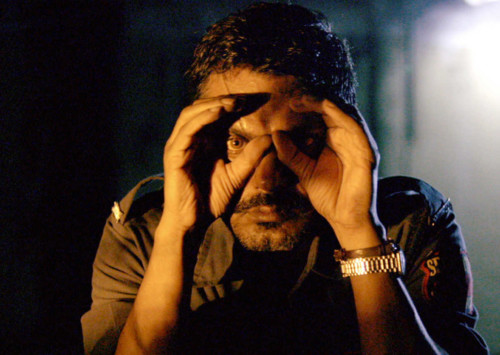How did two French brothers inspire Indians to cinema?
Cinema they say was born in Paris and the Lumiere Brothers, known as the pioneers of motion pictures, arrived in India right after their 50-second film ‘The Arrival of a Train’ created waves in 1895, first in Paris and then in India.
It was July 7, 1896, when the Lumiere Brothers arranged a screening of six films at the Watson Hotel in Bombay (now known as Mumbai) and India witnessed the birth of cinema. The French Cinematographers duo arrived in India after having proven their cinematic excellence in Paris and there was an element of excitement as well as apprehension in the minds of Indians. However, the screening of the films at the Watson Hotel in Mumbai priced at INR 1 was reported as the ‘miracle of the century’ by The Times of India. The awe-inspiring response initiated the introduction of motion pictures in India; primarily in Calcutta (now Kolkata) and Madras (now Chennai).
The six films screened that day were Entry of Cinematographe, The Sea Bath, Arrival of a Train, A Demolition, Ladies and Soldiers on Wheels and Leaving the Factory. The Lumiere Brothers arranged another screening on July 14 at the Novelty Theatre, Bombay and 24 films were screened that day, including A Stormy Sea and The Thames at Waterloo Bridge.
The illusion created by moving images made the audience hysterical at the beginning and enchanted when settled – a discovery was made that could influence human mind.
The screenings of motion pictures in India way back in 1896 went on for a month alternating between these two venues and concluded on August 15.
Indian art and cinema
With a diverse set of disciplines already prevalent in India, as cinema was primarily conceived as a visual art form, India looked like a country that was ahead of Europe and the Americas. The essential elements that remained customary in Indian culture, such as painting, music along with the disciplines of natya (drama), nritya (pantomime) and nritta (pure dance) among others, eventually passed on to become the pillars of Indian cinema.
Soon after the Lumiere Brothers wrapped up the month-long screening, cinema became an instant craze in India. In 1897, Professor Stevenson staged a show at Calcutta’s Star Theatre. Hiralal Sen, an Indian photographer, made a motion picture of scenes from that show using Stevenson’s camera and named it The Flowers of Persia (1898). Hiralal Sen was also instrumental in forming the first film production house in Bengal and in India in 1898, known as the Royal Bioscope Company.
The first film ever to be shot by an Indian was called The Wrestlers made in 1899 by H.S Bhatavdekar depicting a wrestling match in Mumbai’s Hanging Gardens. This was also India’s first documentary film. The first film to be released in India was Sree Pundalik, a silent Marathi film by Dadasaheb Torne, on May 18, 1912.
Despite other efforts by various thought leaders, India’s first full-length film which was also a commercial success was made by Dadasaheb Phalke (also known as the father of Indian cinema). Phalke fused elements from Sanskrit epics to make his first film, Raja Harishchandra, in 1913, a silent film in Marathi. The film witnessed men enacting in female characters for the first time, and it remains a landmark moment in the history of Indian cinema, providing inspiration for ages.
Are Indian films anyway Française? Non!
France rightly takes cinema as a national passion since the Lumiere Brothers projected those flickering moving images on the wall of the Grand Café in Paris. While the development of technology saw big budget films making their way in the gradually growing entertainment industry, France remained strict and devoted in turning filmmaking into an avant-garde art form than just a cash cow. India followed the success stories of Hollywood and although inspired by a French notion, Indian cinema gradually made its own identity fusing art and commerce. The share of success, novelty and failures and aping remained exemplary in Indian cinema which is now one of the highest producers of films in the world releasing almost two thousand odd feature films every year.















